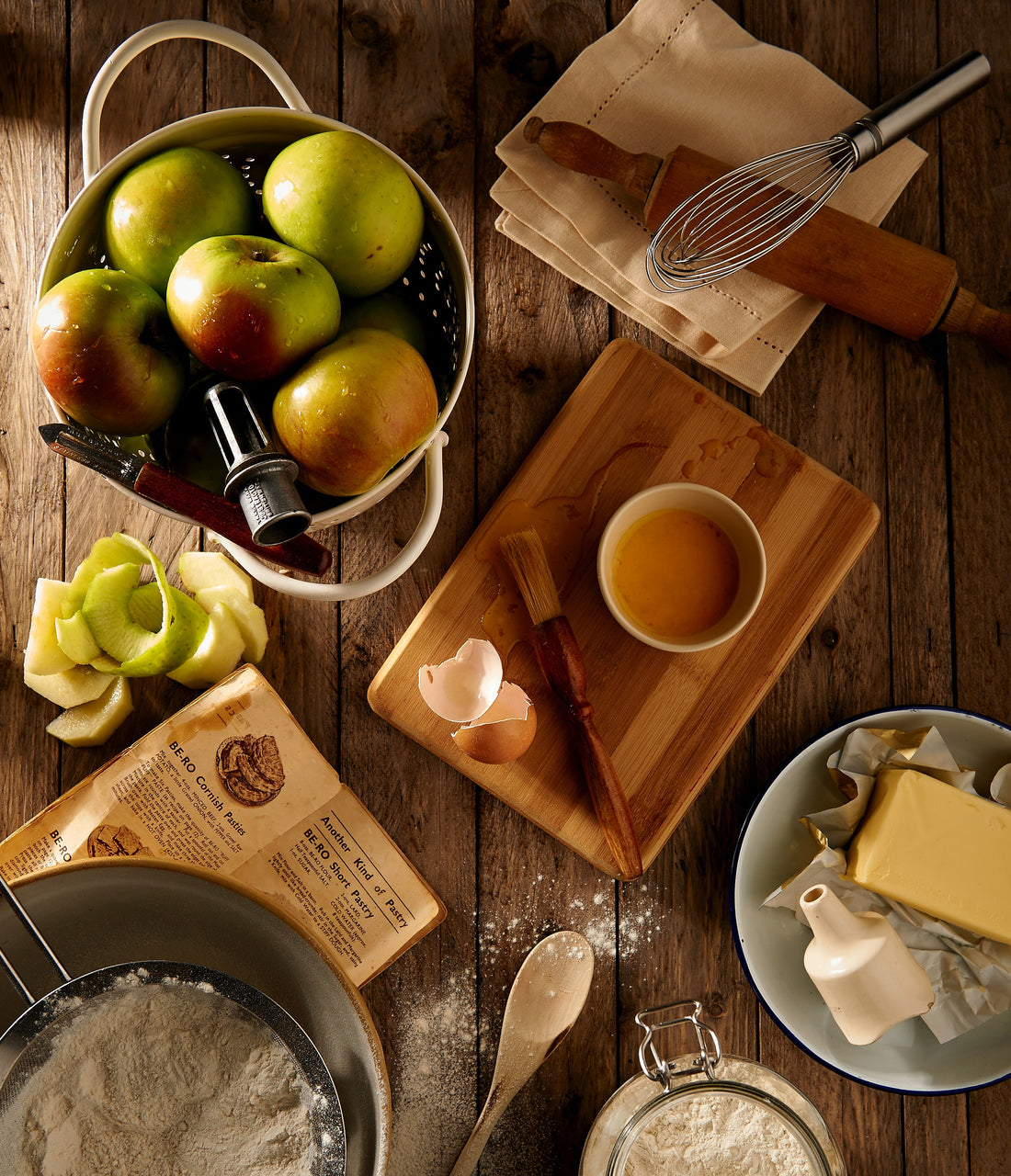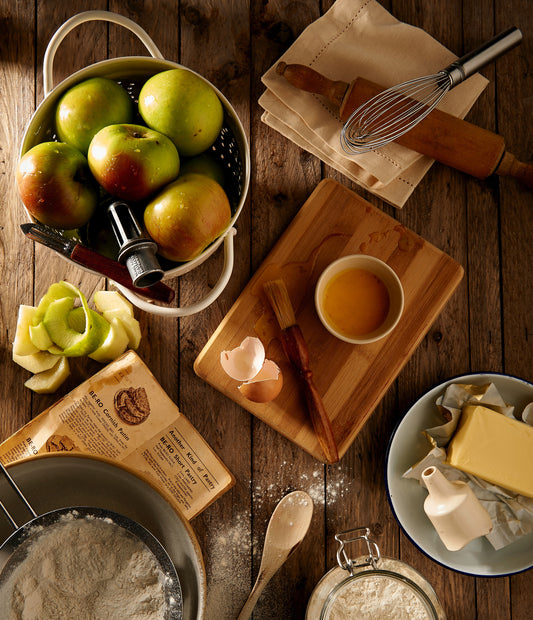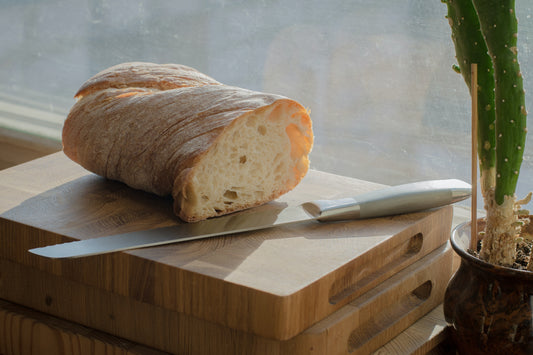The History and Evolution of Cutting Boards: From Ancient Roots to Modern Masterpieces

Share
Photo by Andy Chilton on Unsplash
Cutting boards are an indispensable tool in every kitchen, providing a sturdy and sanitary surface for food preparation. Though often overlooked, the history of cutting boards is a fascinating tale that spans centuries and showcases the ingenuity and craftsmanship of our ancestors. In this blog, we embark on a journey through time, exploring the historical significance of cutting boards, their evolution, and the artistry that goes into crafting today's wooden cutting boards.
- The Ancient Beginnings:
The origins of cutting boards can be traced back to ancient civilizations. Early humans used flat stones or tree stumps as rudimentary surfaces to chop food. As culinary practices advanced, wooden planks became a more popular choice due to their availability, ease of carving, and ability to protect knife edges.
- Early Cultural Significance:
Throughout history, cutting boards played a vital role in cultural rituals and beliefs. In ancient Egypt, wooden cutting boards were used in religious ceremonies and funerary rituals. In China, cutting boards made from bamboo, a symbol of resilience, were believed to bring good fortune and longevity to households.
- Evolution in Design:
As societies progressed, cutting boards evolved both in functionality and aesthetics. Different regions embraced various materials such as olive wood in the Mediterranean, teak in Southeast Asia, and maple in North America. The designs became more diverse, with some cultures incorporating intricate carvings and embellishments to showcase their craftsmanship.
- The Middle Ages to Renaissance:
During the Middle Ages, cutting boards gained popularity in European households. Wooden boards, often crafted from beechwood or oak, were essential in medieval kitchens and used by cooks to prepare feasts for nobles and kings. With the rise of skilled artisans, cutting boards became more refined and ornate, reflecting the artistic tastes of the era.
- Industrial Revolution and Modern Innovations:
The Industrial Revolution marked a turning point in the mass production of cutting boards. With advancements in machinery, cutting boards were manufactured more efficiently, making them accessible to a wider audience. However, the quality and craftsmanship of these mass-produced boards often paled in comparison to their handmade predecessors.
- The Art of Crafting Wooden Cutting Boards Today:
In recent years, there has been a resurgence of interest in handcrafted, high-quality cutting boards. Artisans and woodworkers have taken the traditional craft to new heights, combining functionality with artistry. The selection of wood species, attention to grain patterns, and intricate detailing make modern cutting boards not just practical tools but also stunning kitchen decor pieces.
- Sustainability and Eco-Friendly Choices:
With a growing awareness of environmental concerns, sustainable materials like bamboo and reclaimed wood have gained popularity for cutting board production. These eco-friendly options offer durability and beauty while minimizing the environmental impact.
The history of cutting boards is a testament to the ingenuity and resourcefulness of humanity throughout the ages. From humble beginnings to exquisite masterpieces, cutting boards have evolved to become an essential and aesthetically pleasing kitchen tool. The artistry behind today's wooden cutting boards showcases the enduring appeal of handcrafted creations, combining tradition with modern design and sustainability. Whether a simple wooden plank or an intricately carved masterpiece, cutting boards will continue to hold a significant place in kitchens worldwide, honoring the rich legacy of this humble yet vital kitchen essential.



